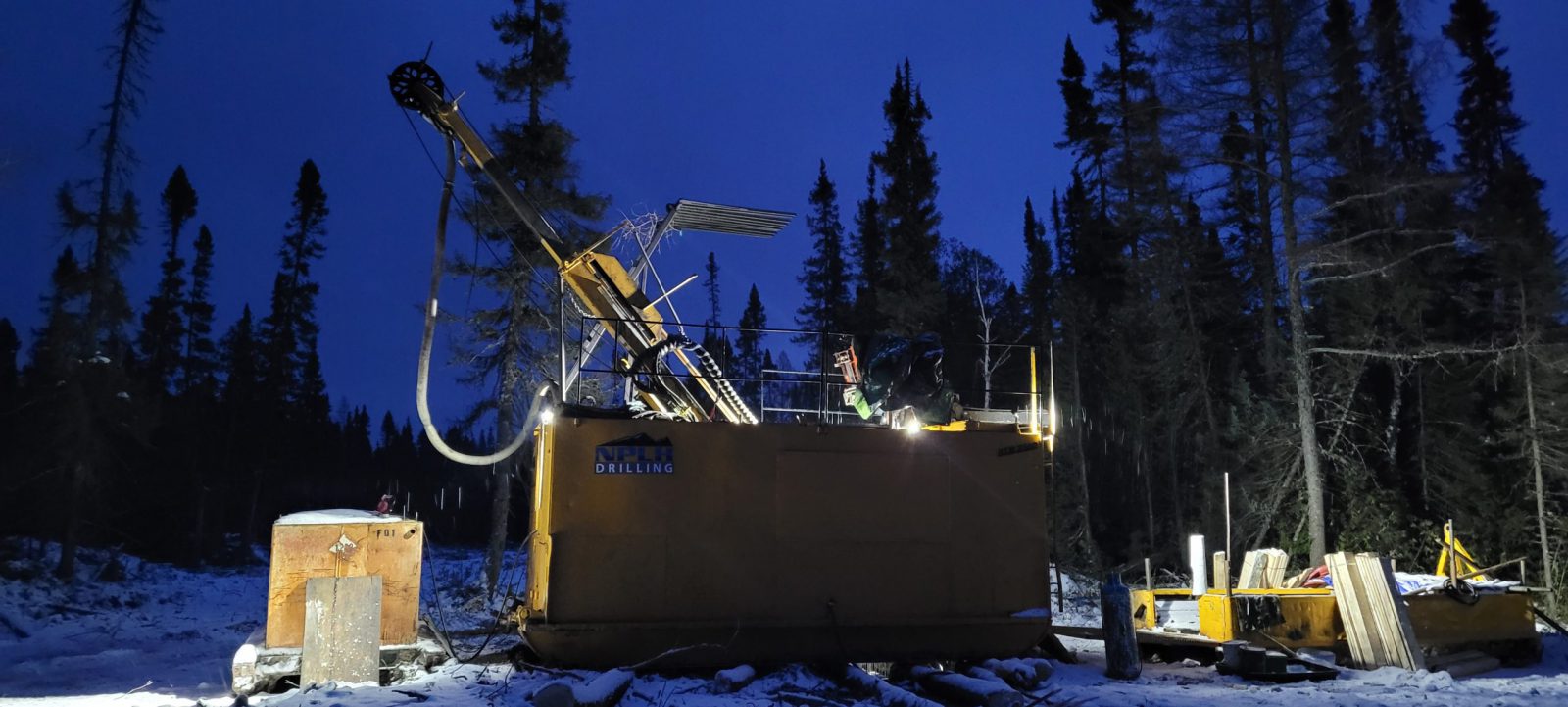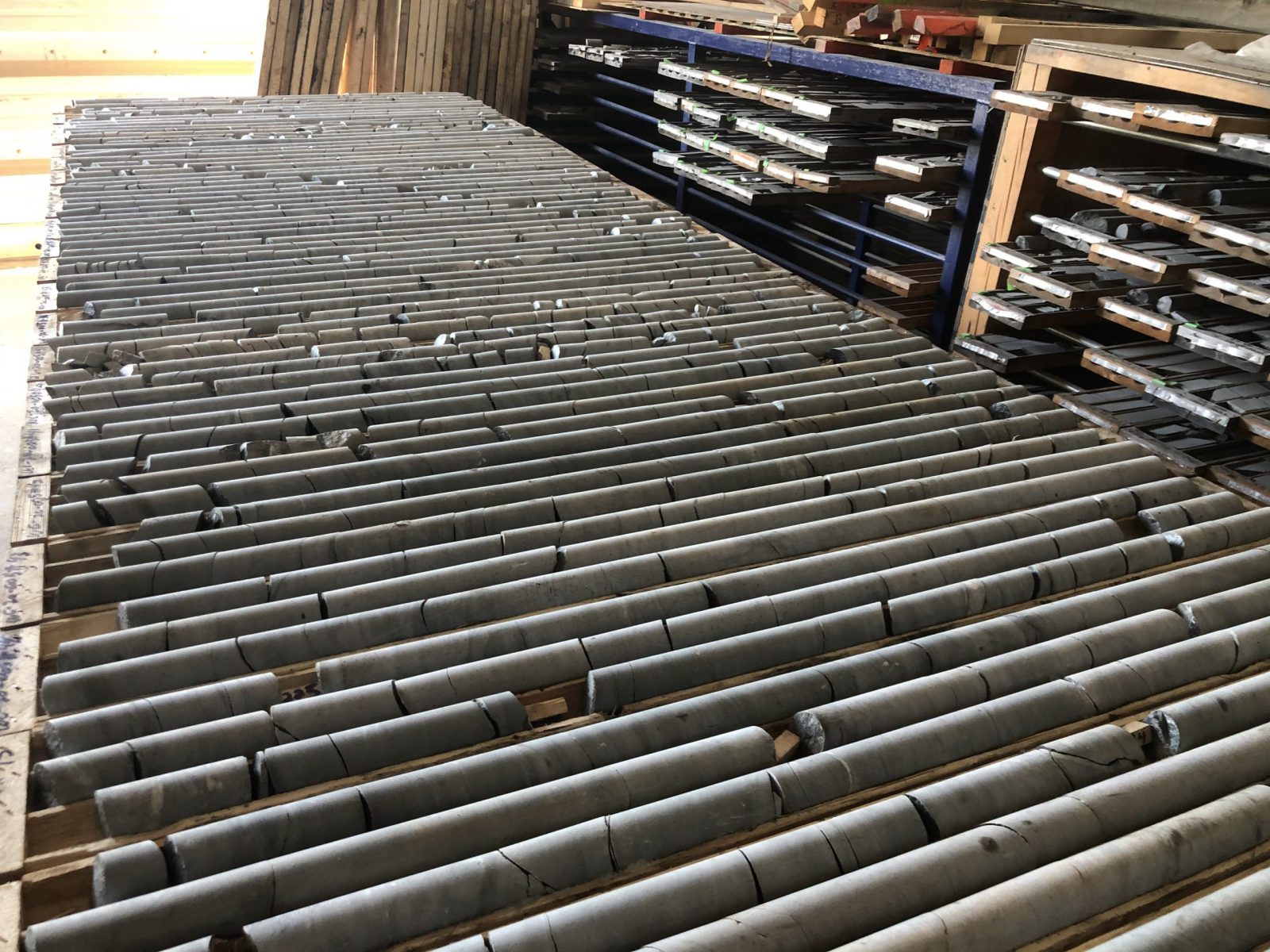‘Tis the Season for Gold

From a Veteran Broker’s Perspective
By Rod Blake
If you’re reading this, you are no doubt like me – an investor in resource stocks. And like me – if you hold a variety of resource holdings, you are undoubtedly amazed how the first half of 2021 has played out. If you held copper stocks – you were pleased to see the red metal surge up by over 35% from about US$3.50 at the start of the year to a record high US$4.75 in early May, and no doubt your copper holdings responded accordingly. If you were lucky enough to hold crude oil companies – you were elated to watch West Texas Intermediate Light Crude (WTI) start the year at US$48.50 and then soar up by over 55% to a recent 7-year high of US$75.25. All of which helped the petroleum sector to be the surprise winning sector of the financial markets in the first half of 2021. But then you scratched your head as you saw the gold sector, which lead the resource markets higher last year, – remain flat for the first 6-months of the year. Gold bullion – except for a noticeably short run-up early January – essentially traded in a high/low range from US$1,955 to US$1,680 and finished the 2nd-quarter down by some 7.0% at US$1,765. And gold sector stocks responded in kind to be the worst performing resource sector of the 1st-half of the year. Whether the base metal and crude markets hold their gains in the second half remains to be seen, but from an ex-broker’s perspective, with gains like they’ve experienced, profits should be locked in accordingly. Gold investors shouldn’t lose heart as gold bullion has an historic characteristic about it that may make the 3rd-quarter one of the best ever. That characteristic is seasonality.
Seasonality of investing – just like the seasons of the year – is when something repeats itself again and again over long periods of time. From my perspective gold bullion – and gold stocks – have such a seasonality. I think gold traditionally has two positive seasons in a year. The first is leading up to and going into the first quarter and the second is leading up and going into the 3rd quarter of the year. There are probably many reasons for this seasonality, but there were two that I can relate to. The late summer rally was often attributed to Indian buying of gold for their especially important wedding season and the late year seasonal strength was attributed to the jewellery industry securing product for holiday gift giving. Like the markets themselves, these theories don’t always repeat in time and magnitude and can vary from year to year based on current economic and market conditions. That is, gold bullion buyers may hold back purchasers if the market is deemed to be too high or demand is low, or they may buy more if prices seem low or demand is high. No two years are the same, but for the most part, I always found that buying gold stocks ahead of these two periods often led to the best sector gains of any given year. Conversely, if the anticipated seasonality didn’t work in my favour, the resulting losses were minimized as I was already buying at a seasonal low.
After two years in 2019 & 2020 of textbook seasonality, the first quarter of 2021 was one of those times where the seasonality for gold didn’t play out as anticipated. Actually, for the most part – it failed. While the yellow metal did rise by US$115 to US$1,895 in late 2020, the small follow thru to US$1,955 ended suddenly on January 5th, and the above-mentioned trading range for the first half of the year was established. But while the first half of 2020 may have been frustrating to gold resource investors, the 3rd-quarter may play out as the best of late. Why so?
One of the more interesting aspects of seasonality is that when there is momentum failure or delay in the traditional move – that move, or value is then added to the next seasonal move, giving it more magnitude than normal. So, where gold gained over 10% in the first quarter of 2020 and only 3% in those early days of January 2021, one could expect that additional 7% may be added to the anticipated gains to come this year. Looking back a year, gold bullion gained $365 or 21% from early June to early August 2020 to a new high of US$2,070. Adding an additional 7% to 2020’s gain and projecting it forward could see the price of gold bullion higher by some $400 late this summer to new all-time highs in the range of US$2,200. Precious metal resource investors could be well rewarded for their patience as while gold stocks tend to underperform the price of bullion on the way down, they are known to greatly outperform the metal on the way up – especially when the metal rallies to new highs.
To manage this article for time and space, I’ve only used data for one year in this example, but if one goes back over a long-term chart of gold, the seasonal patterns are visibly distinguishable. Market seasonality – just like the seasons of the year – is not an exact science and can vary somewhat from year to year. But just as autumn follows summer, I feel that gold bullion tends to have a seasonal strength near the 3rd-quarter of the year. Entering the gold market before a time of seasonal strength should enhance gains, and conversely limit losses if there is a seasonal delay or failure. Try managing your investment seasonality to enhance your returns. ‘Ts the season for gold.
 Galleon Gold Corp. [GGO-TSXV; PNCKF-OTC] is advancing its 100%-owned West Cache Gold Project located 13 km west of Timmins, Ontario in the prolific Porcupine Destor Gold Belt.
Galleon Gold Corp. [GGO-TSXV; PNCKF-OTC] is advancing its 100%-owned West Cache Gold Project located 13 km west of Timmins, Ontario in the prolific Porcupine Destor Gold Belt.
The Porcupine camp is one of the world’s great depositories of gold, having produced some 75 million ounces of the yellow metal with several active mines along trend with the West Cache Gold Project, including Pan American Silver’s Timmins West Mine 7 km to the east and Newmont’s Hollinger Mine 14 km to the west.
The area continues to see new gold discoveries, and Galleon Gold is no exception. The company recently completed its 2020-2021 46,000-metre, 213-hole drill program at West Cache and in the process discovered a high-grade mineralized shoot (Zone #9), a new mineralized area (South Area), and also extended the mineralization at the margins of the existing resource. What is exciting about the Zone #9 high grade discovery is the continuity of width and grade, intercepts include WC-20-081 with 8.68 g/t over 10 metres, WC-20-082 with 9.4 g/t over 10 metres and WC-20-097 with 7.66 g/t over 10 metres. Moreover, the mineralization of the shoot resembles that of much deeper historic intercepts at depths of up to 700 metres. There is 500 metres of undrilled real estate between the 2020 discovery and the deeper holes drilled in 2010 (West Deep).
 David Russell, CEO and president, noted, “Results from our 2020 to 21 exploration program have exceeded our expectations. We started with an infill drill program to improve and gain an understanding of the economic potential of the existing mineralization at West Cache and, in the process, discovered the high-grade Zone # 9 shoot. Building on our model for Zone # 9 mineral controls, we extended three holes to the south at the end of 2020 and had our first indication that something new and very significant might exist there. We confirmed those early results with a follow-up program in 2021 and made the discovery of the South Area official.”
David Russell, CEO and president, noted, “Results from our 2020 to 21 exploration program have exceeded our expectations. We started with an infill drill program to improve and gain an understanding of the economic potential of the existing mineralization at West Cache and, in the process, discovered the high-grade Zone # 9 shoot. Building on our model for Zone # 9 mineral controls, we extended three holes to the south at the end of 2020 and had our first indication that something new and very significant might exist there. We confirmed those early results with a follow-up program in 2021 and made the discovery of the South Area official.”
The South Area, is located on previously undrilled ground 50 to 250 metres south of high-grade Zone # 9, higher-grade intercepts include drill hole WC-21-198 with 2 metres grading 14.54 g/t gold and WC-21-192 with 2 metres at 7.96 g/t gold. Significant thicker intervals included drill hole WC-20-077 with 41.5 metres at 1.03 g/t gold. Mineralization remains open along strike and down dip with portions of the South Area displaying mineralogy similar to Zone #9 and the West Deep.
 To date, the property has over 550 diamond drill holes totalling some 230,000 metres.
To date, the property has over 550 diamond drill holes totalling some 230,000 metres.
The company’s management has a history of building mines in the camp, and have commenced the permitting process early to ensure critical path items are addressed so that the bulk sample can commence at a timely pace.
Baseline studies have begun and a survey is underway for the necessary conversion of its mineral claims to leases for mining operations. Â The company checks all of the boxes for a successful project. Located in a historic mining camp with excellent infrastructure, the property is bisected by Highway 101 and a main powerline, and importantly Galleon Gold has a MOU with the area’s First Nations communities. Eric Sprott holds 23 % of the company’s outstanding shares and is also a partner on the company’s Neal Gold Project near Boise, Idaho (80% GGO, 20% Eric Sprott).
A preliminary economic assessment (PEA) and an updated resource estimate, currently underway with results expected early September, will provide a more complete assessment of the advanced and prospective West Cache Gold Project.
